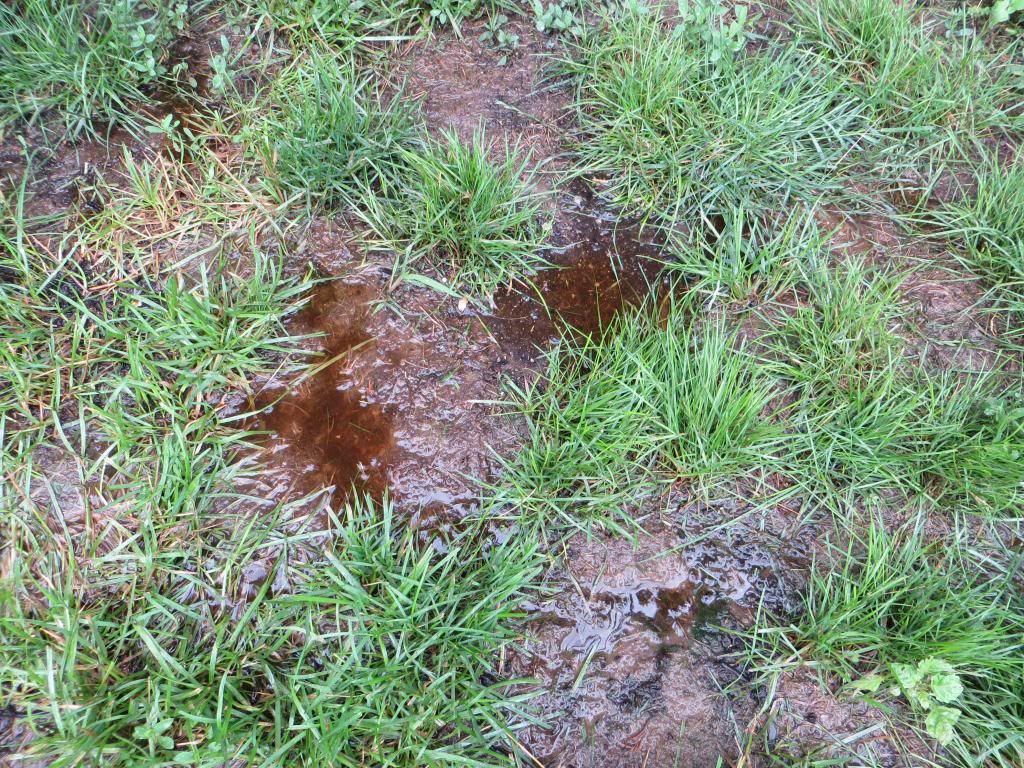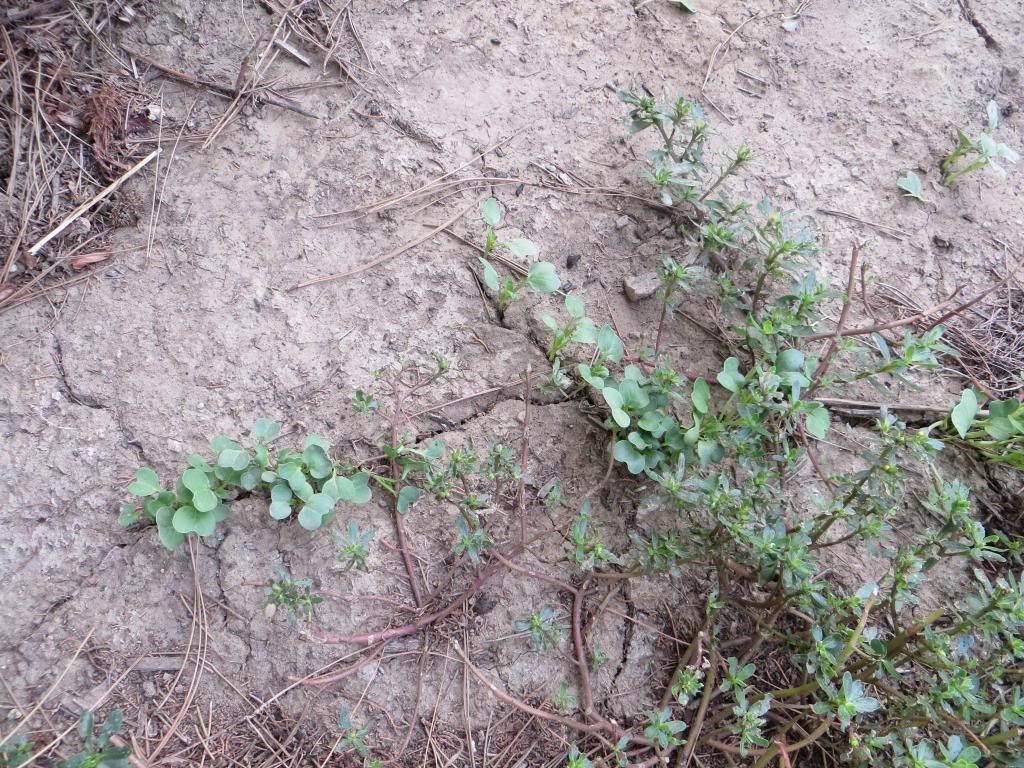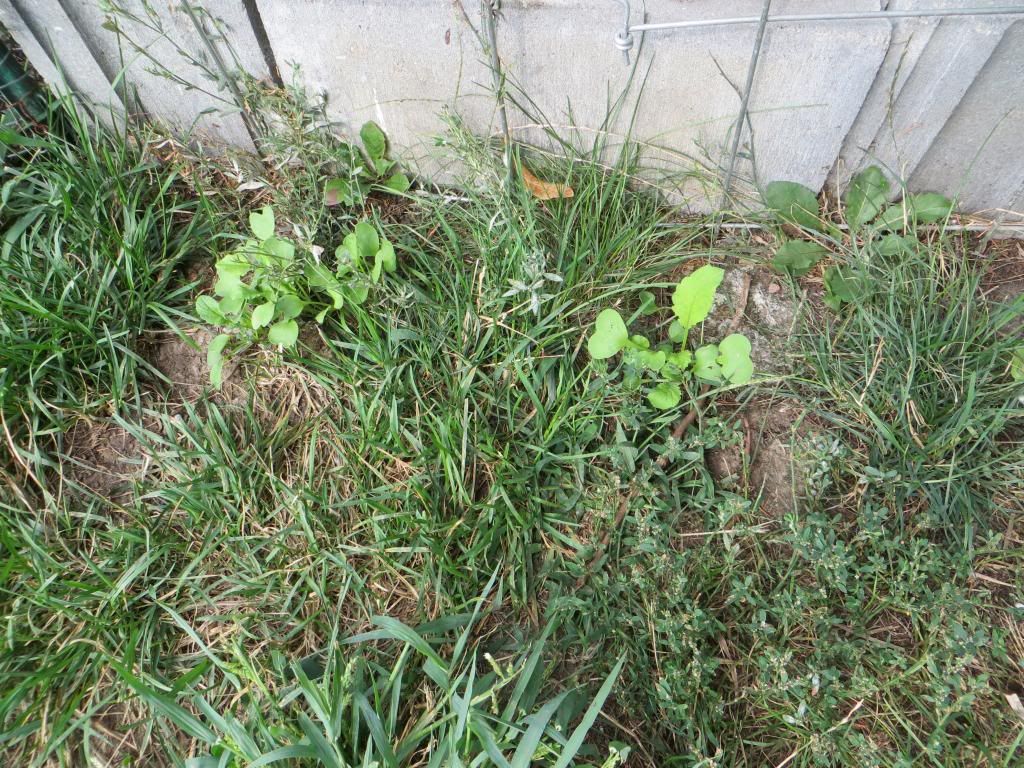I've mentioned before that I have a lot of clay in my back yard. In the spring when it's wet, I practically have a creek running across my yard. In August when it's dry, there are spots that are like concrete. I don't really care that my back yard isn't full of lush grass, but I don't like the swamp/concrete thing, and the bad drainage affects a corner of the kitchen garden. This picture was taken right outside the garden fence on June 9th.
Last fall while doing research in preparation for the garden, I came across Groundhog Radishes. They are used as a cover crop, for wildlife fodder and for soil improvement. The story is that these radishes grow fast, and they can get huge. They are reliably winter-killed and decompose quickly. Because they grow so large, they can help break-up compact clay soil and increase drainage. When they decompose, they add organic matter to the soil. They sounded like the perfect answer to my backyard clay dilemma.
I thought about the radishes all winter, and after this wet spring, decided they were worth a shot. The first issue I encountered is the fact that they are normally used for pasture improvement. Therefore, the smallest package of seeds I could find was five pounds. That's enough for about a half acre of new pasture. To put this into perspective, my entire city lot is about one-sixth of an acre, and the area in my backyard that I was considering planting them in is about 1/15 of an acre. I've got a lot more seed than I need.
My first idea for planting them was to aerate the yard and spread the seed around with a spreader, hoping that the seeds would find a safe place to sprout in the holes. Then I did some additional reading and discovered that the radishes smell while they are decomposing. One of the articles even mentioned making sure to tell your neighbors what you were doing because the smell would be obvious. So, the stench, coupled with not being able to mow the entire yard made me go with plan B, which was planting them in isolated areas that need the most help.
Several weeks ago, I took out a handful of seeds and sprinkled them into the cracks in the soil. After a few days of watering, I had sprouts. This is them after about a week:
They're off to a good start.
In the couple weeks since these pictures were taken, they've grown a lot. They're now at the point where I probably need to do some thinning. As the experiment progresses, I'll keep you posted. Since I have yet to find any information about someone using these in a yard, I might be making a complete fool of myself. It's okay, I don't mind. If I can't make a fool of myself in my own backyard, where can I?




No comments:
Post a Comment